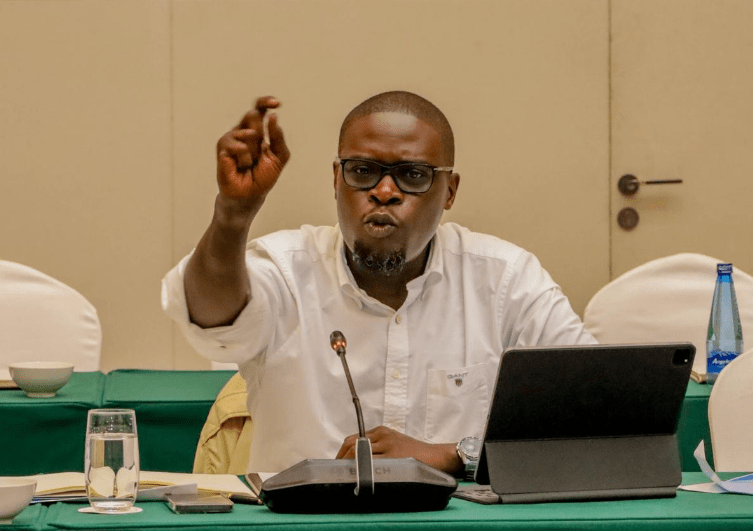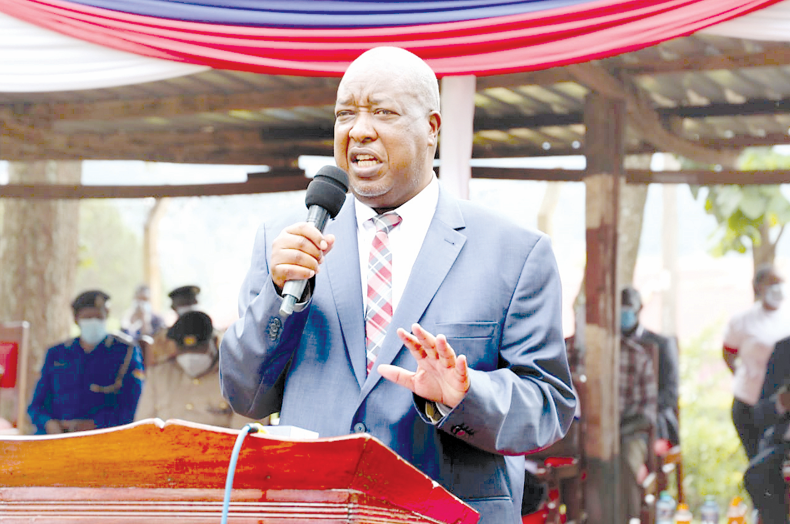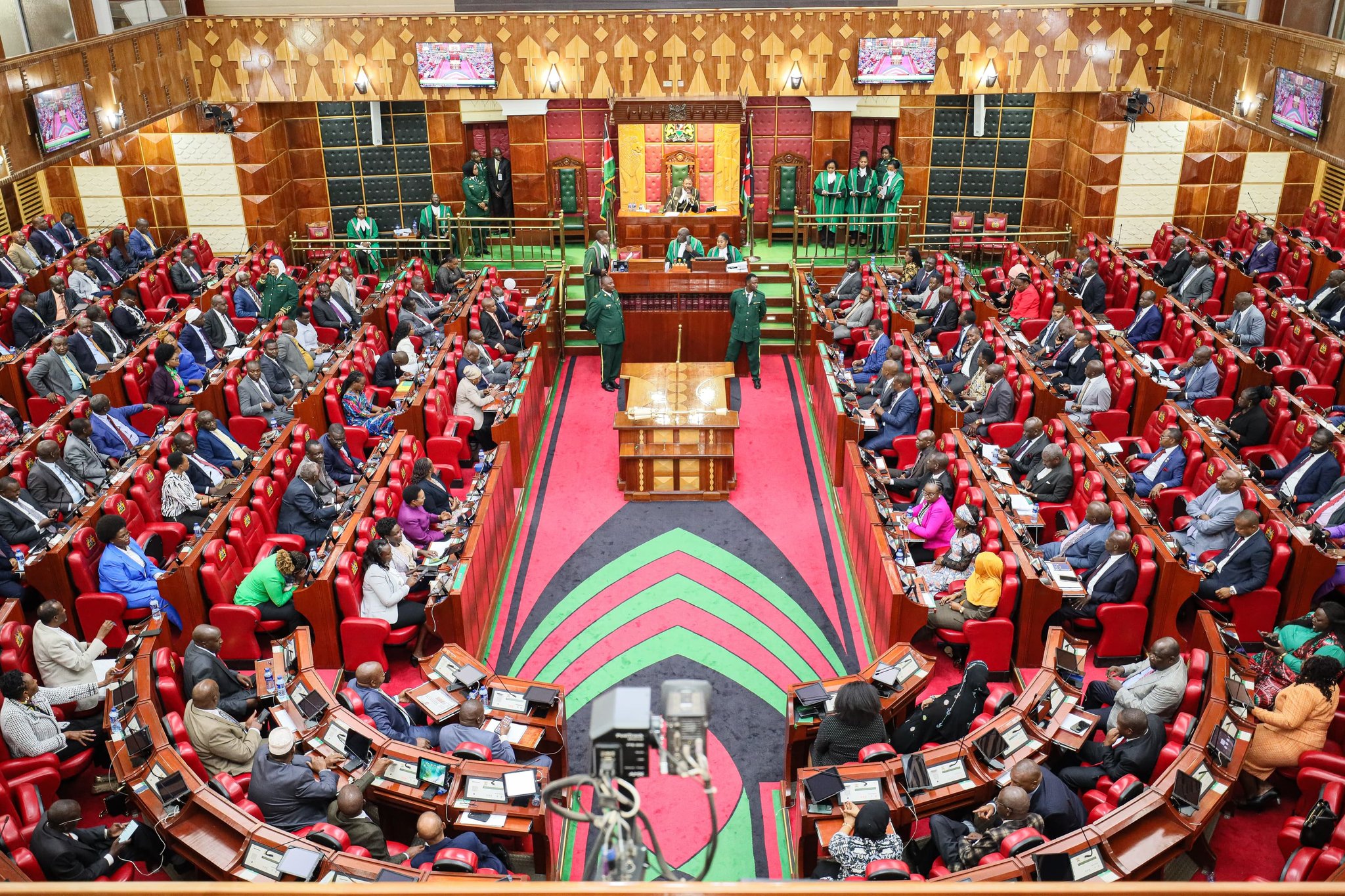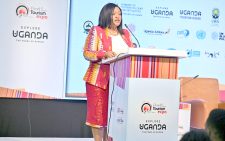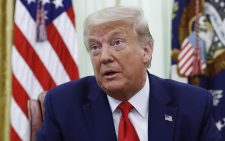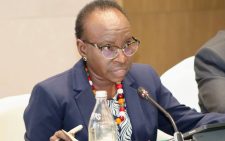Economic recovery plan should focus on key pillars
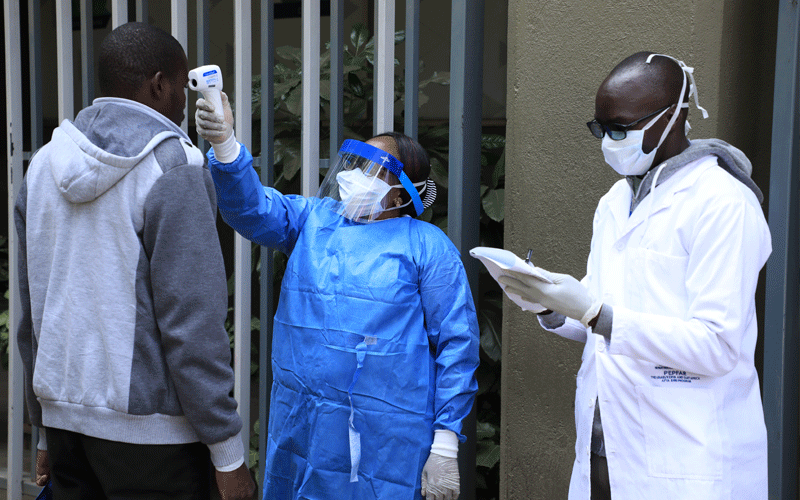
President Uhuru Kenyatta’s fifth national address on Saturday on the Covid-19 crisis highlighted several notable points.
The first was that the stringent measures instituted to fight the pandemic were working.
Kenya’s caseload at 343 as at Saturday was nowhere near the projected 10,000 if the measures had failed. Clearly, the country is on a positive trajectory.
Secondly, the President said the government was working on a recovery strategy for re-opening the economy, based on risk assessment of each sector.
Globally, cessation of movement has been a pillar of this fight, aimed at enabling surveillance teams to overtake the infection curve. Inevitably, this has crippled economies.
This announcement gave Kenyans hope that the country might have turned a corner, even though it was not out of the woods yet.
Thirdly, the government will, with immediate effect, allow some eateries, restaurants and hotels to open in selected counties that have demonstrated strict compliance with containment measures for Covid-19.
This is the most positive news Kenyans have heard in what must now look like forever.
Indeed, after gruelling months in which economies were literally shuttered, countries are, with extreme caution, beginning to de-escalate the stringent containment measures.
South Africa’s President Cyril Ramaphosa last week announced a tightly controlled phased de-escalation of the country’s total lockdown, imposed in March after an alarming spike in infections.
Italy and Spain, some of the worst hit countries in the world, have also started cautious re-opening of their economies.
Italy has prioritied SMEs, allowing booksellers, stationers and artisans to open. Spain has allowed hundreds of construction workers to return to work.
Areas like Lombardy, the epicentre of the pandemic in Italy, will remain under complete lockdown.
Denmark has allowed schools and day-care centres to reopen, while Austria has allowed small shops to restart.
The key strategy seems to be regional de-escalation based on risk assessment. Globally, surveillance, continuous mass testing, isolation and treating will continue to be the national emergency responses.
As Kenya starts to prepare itself for economic recovery, its strategy must be underpinned by critical pillars.
First is cheap and available credit. The Central Bank of Kenya took several decisive measures to release billions of shillings to banks for lending to businesses.
This has seen the cost of credit in Kenya come down substantially. These measures must remain in force for at least a year to enable businesses regain their feet, and fresh money be made available to all businesses to reboot post-Covid-19.
Without this, businesses will struggle to kickstart, and the economy will remain anaemic for a long time.
Secondly, local manufacturing has proved its vibrancy and viability. The government must support local manufacturers.
Critically, they must be supported to go into value addition, innovations and production of goods and services that the country had ceded to other territories.
Inevitably, government must start subsidising industry. It is clear that the government’s blind adherence to liberalisation is a disaster.
Reverse liberalisation now! Further, manufacturing is the bedrock of job creation in any economy. For Kenya, this is an immediate and quick win in the economic recovery strategy.
Thirdly, the issue of pending bills by national and county governments. It is completely baffling and very distressing for the victims that several direct instructions by the President that pending bills be paid have been ignored. Some government mandarins continue to play games with this matter as they look for rent-seeking opportunities.
The President must take up this matter personally and supervise and monitor its implementation. That money will assist companies pay creditors, retain staff, finance recovery, and create stability in the banking sector.
Finally, another quick win for Government will be projects under Public Private Partnerships (PPPs) as part of economic recovery.
Those projects already approved and those in the process need to be fastracked to start immediately post-Covid-19. It’s time to think completely outside the box. —gathukara@gmail.com
